- Bernard Preston homepage
- Harvesting Rainwater
- Causes of Water Scarcity
Causes of water scarcity
The causes of water scarcity are weighed using two models. One which is bigger but not better, the Texas way, and the other harvesting the rain; and storing it on-site as is done in Bermuda.
It is beyond dispute that conventional water-resource development in SA, and in fact the whole planet, is becoming increasingly constrained with new dam sites being scarce and few worldwide being built. Reports say these large reservoirs cause up to 40% loss of biodiversity.
With this in mind we are faced with two models of development. One which is “bigger and better” and very challenging both in terms of capital and technology. I’ll call it the Texas stereotype. The other is small, far less costly, and uses only local-resources; the Bermuda way.
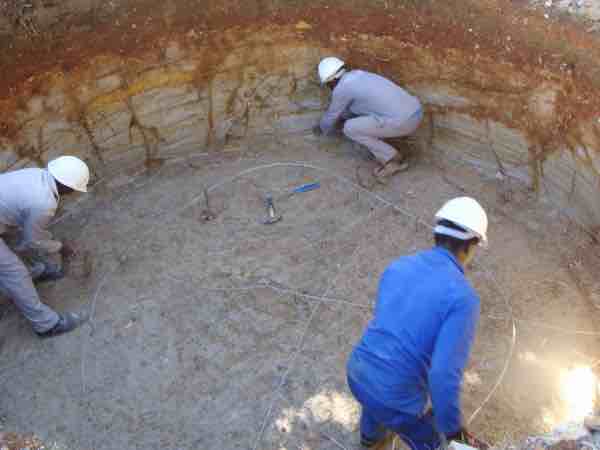
Bermuda
Bermuda is an island situated about 1000km off the East Coast of the USA. Its annual rainfall is rather high; 1400mm per annum.
But unlike our home in South Africa, Bermuda has no streams, rivers or dams. Every house must collect its own water supply from the rain; they harvest and store it in underground reservoirs.
By law at least 80% of each domestic home’s roof must be guttered; and every square metre of that catchment area shall have an underground reservoir with a storage capacity of at least 379 litres.
"How about we fix all the leaking pipes and build new reservoirs?"
- Madam and Eve
Yes let's do it; a reservoir in every garden.
How does that work out?
A 100m2 roof must have eighty square metres guttered and available for harvesting the rain; and a reservoir of 80 x 379 litres = 30 kl. That would keep ten South Africans very comfortably off with unrestricted water for domestic and garden use; at the end of the dry season, depending on how careful residents were there could be a shortage.
“The rain is one of the cleanest sources available and nears distilled water in its purity. Its quality almost always exceeds that from a well."
- the official Bermuda website
Furthermore it is subjected to fewer pollutants, such as cesspit-recharge and pesticides that may contaminate groundwater. Once rain comes into contact with a roof or catchment surface though, the risk of defilement significantly increases.
According to the WHO the basic need for clean water is 20 litres per day, intermediate access is 50 L and the optimal amount 100 per person.
So a RDP house with a roof area of 50m2, fully-guttered, could supply the following in an average summer month in much of South Africa; but none for the garden or in the dry season.
- 250 people with their basic needs.
- 100 folk with an intermediate supply.
- 50 people with an optimal amount of water.
Our model consists of six RDP houses with a total roof area of about 250m2, sharing one communal underground reservoir, 5 metres in diameter and 2m deep; the cost would be around R50,000. In theory it could supply 250 people with optimal water during the rainfall months.
Allowing for the dry season and water for gardening it would easily sustain say 60 people with more than an adequate year-round supply.
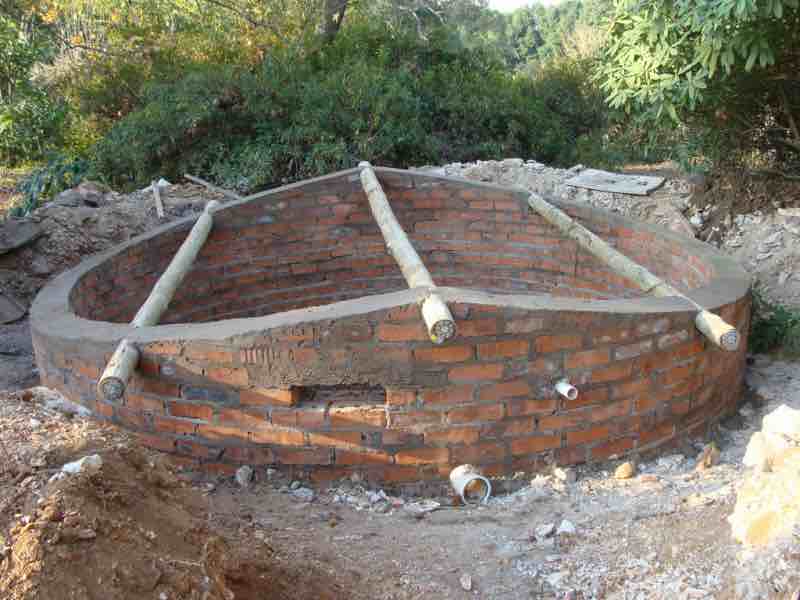
The Texas model
The KZN premier has been roundly criticised for his Texas-model master plan for the province for many reasons which I won’t discuss; R150 billion over the next decade or two.
That amount of money would build 3,000,000 small underground reservoirs, supplying 18 million people with ample water; requiring no reticulation using the Bermuda-model.
A group of 10 men could build a reservoir in 2 weeks; say 20 per year. That means it would take 150,000 teams of ten labourers to build 3 million underground tanks; amply supplying 18,000,000 people with as much water as they wanted using only local materials.
So what’s it to be Mr Zikalala? Are you suggesting R150 billion for the grandiose Texas model, huge dams and vast electricity-thirsty desalination plants? I see pump-storage schemes, more Water Boards and immense reticulation challenges.
Or the way they do it in Bermuda providing work for 150,000 teams of 10 men using only local sand, brick and cement?
Is bigger always better?
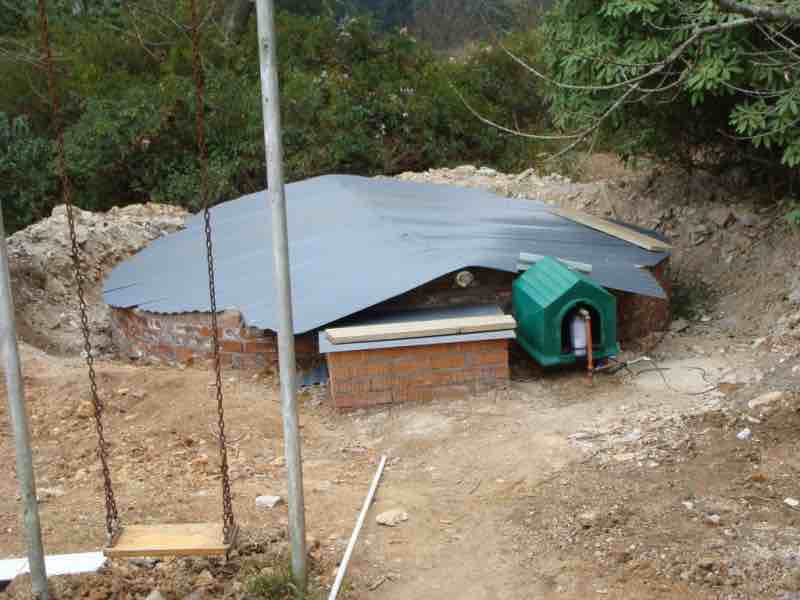
Obviously these figures are optimal and one can shoot many holes in the scheme; but the principal remains valid. Even if the Texas model is more desirable, which it isn’t in my opinion, can we actually afford it? Would it not be better to provide work for a huge number of unemployed people, using only local materials?
Our reservoir has fallen short for only two months in a whole decade. Compared to Day Zero in the Cape a few years back, imminent in Gqeberha (Port Elizabeth) and the Great Jozi water outage of 2021 we have no hesitation in recommending that we all plan to become resilient considering the challenges faced by central and local government; clearly there is worse to come.
“The water, energy and food nexus means if there is a crisis in any one of these, there is going to be a ripple effect on all of them because of the linkages.”
- Dr Tawanda Jimu
Causes of water scarcity
Causes of water scarcity arise mainly from poor planning. I have nicknamed this little beauty the Real Preston.
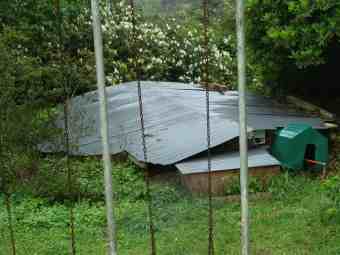
This is one of chief causes of water scarcity; totally ignoring the gift from the heavens. One might even call it a sin; every roof should have gutters.
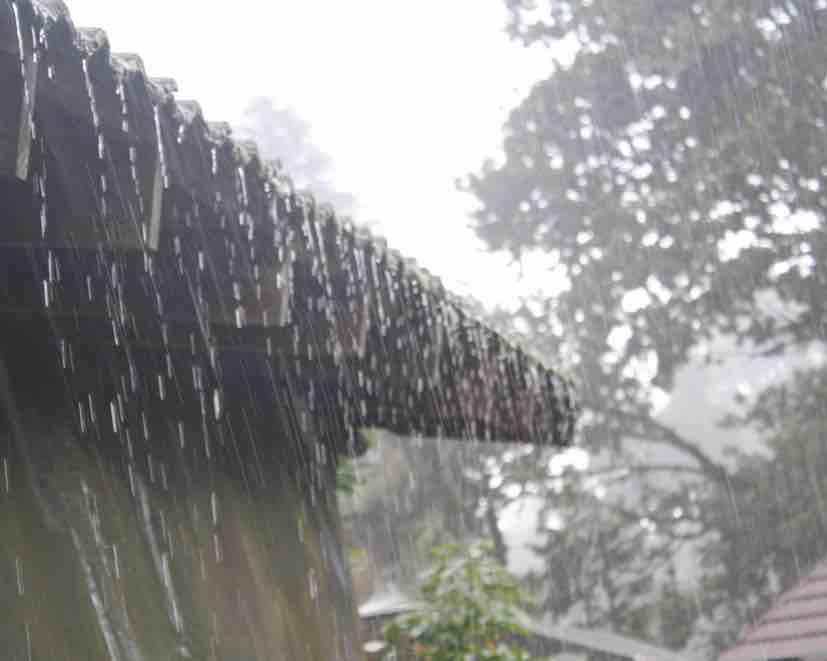
Industry and Agriculture
Uruguay is going through the worst drought in 74 years. 1.3 million people in Montevideo have been told by government they have only water for another week.
“Because so much water is used in agriculture and industry, the amount for personal use and nature is obviously very limited.”
- Mariana Meerhoff, environmentalist, Uruguay
This could, and perhaps should happen all over the world. People in cities need to follow the lead of the Bermudans and harvest the rain.
Big hit in electricity prices
Water and electricity are utterly intertwined. Large turbines require cooling. Pumping stations must have power.
Refusing to come to grips with the causes of water scarcity has massive implications for power generation; it's a primary factor in the big hit in electricity prices that South Africa is experiencing.
"Development policies and programmes have largely done little to truly improve the outcomes and wellbeing of the poor and have not been enough to compensate for corrupt governance and weak state institutions."
- National PLanning Commission, 2020
- Water storage @ Wikipedia
When browsing use right click and "Open Link in New Tab" or you may get a bad gateway signal.
Newsletter
Our newsletter is entitled "create a cyan zone" at your home, preserving both yourself and Mother Earth for future generations; and the family too, of course. We promise not to spam you with daily emails promoting various products. You may get an occasional nudge to buy one of my books.
Here are the back issues.
- Lifestyle and ideal body weight
- What are ultra-processed foods?
- Investing in long-term health
- Diseases from plastic exposure
- Intensive lifestyle management for obesity has limited value
- A world largely devoid of Parkinson's Disease
- The impact of friendly bacteria in the tum on the prevention of cancer
- There's a hole in the bucket
- Everyone is talking about weight loss drugs
- Pull the sweet tooth
- If you suffer from heartburn plant a susu
- Refined maize meal and stunting
- Should agriculture and industry get priority for water and electricity?
- Nature is calling
- Mill your own flour
- Bake your own sourdough bread
- Microplastics from our water
- Alternative types of water storage
- Wear your clothes out
- Comfort foods
- Create a bee-friendly environment
- Go to bed slightly hungry
- Keep bees
- Blue zone folk are religious
- Reduce plastic waste
- Family is important
- What can go in compost?
- Grow broad beans for longevity
- Harvest and store sunshine
- Blue zone exercise
- Harvest and store your rainwater
- Create a cyan zone at your home
Did you find this page interesting? How about forwarding it to a friendly book or food junkie? Better still, a social media tick would help.
- Bernard Preston homepage
- Harvesting Rainwater
- Causes of Water Scarcity
Address:
56 Groenekloof Rd,
Hilton, KZN
South Africa
Website:
https://www.bernard-preston.com